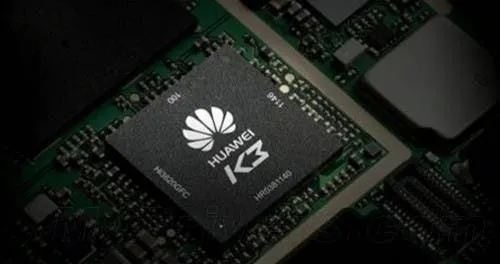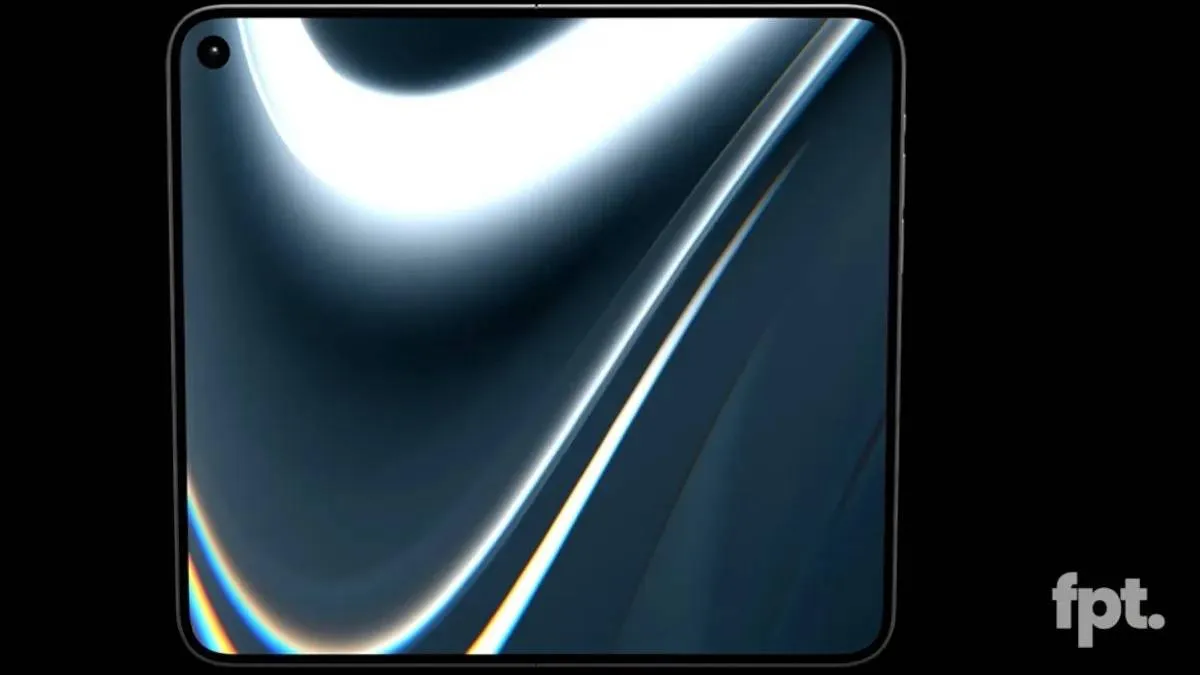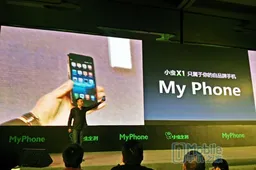
Huawei have been making some very significant waves in the Chinese phone market recently and the swell continues as the company has announced it’s Hisilicon H3V3 processor packs 4G LTE support.
This past few months has seen Huawei launch the stunning Ascend P6, and Xiaomi rivalling Honor 3C and 3X, for their next trick Huawei are going 4G LTE on us!
Huawei have been developing their own processors for some time. The current chip manufactured under the Hisilicon brand is a quad-core K3V2 chipset however a successor is just a few weeks away.
According to reports the Huawei Hisilicon K3V3 will launch early in 2014 and will feature all the latest flagship features rival chip makers are offering. This means the SoC will be an 8-core chipset with 4G LTE (Cat 6) support!
In addition Huawei are also working on developing a successor to 4G LTE too. Huawei plan to invest more than $600 million developing 5G data connections but we won’t be seeing them until 2020.
Popular News
Latest News
Loading






